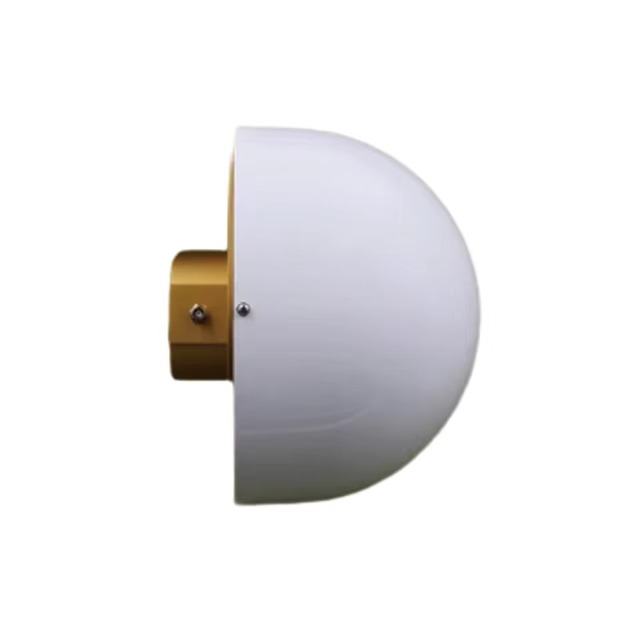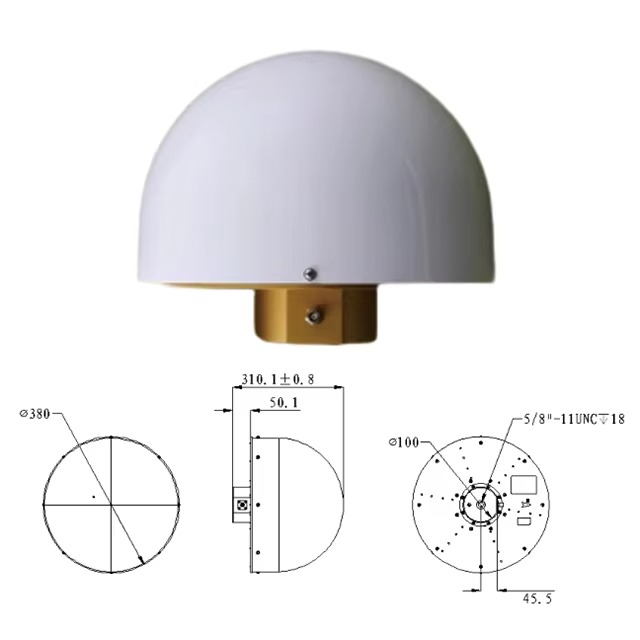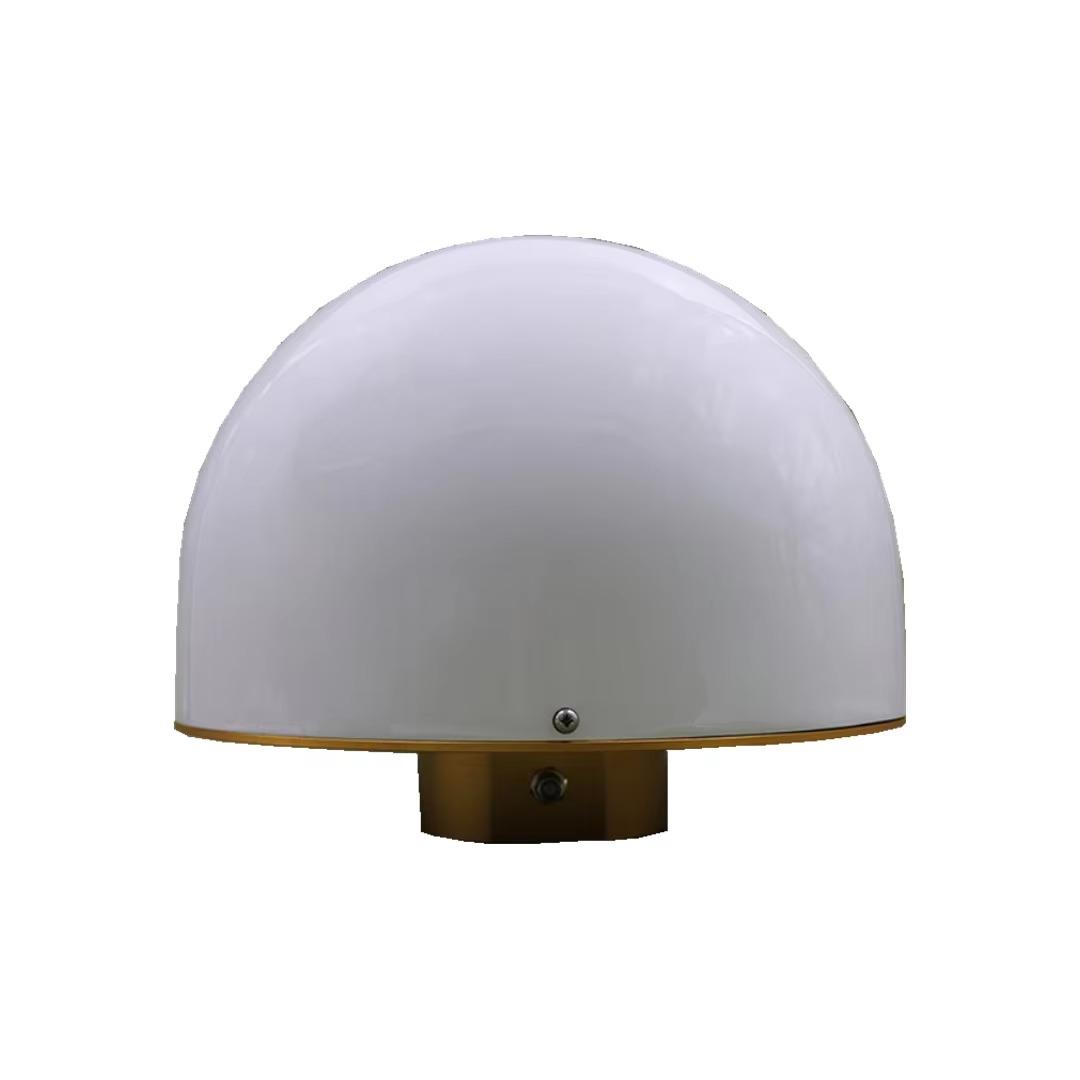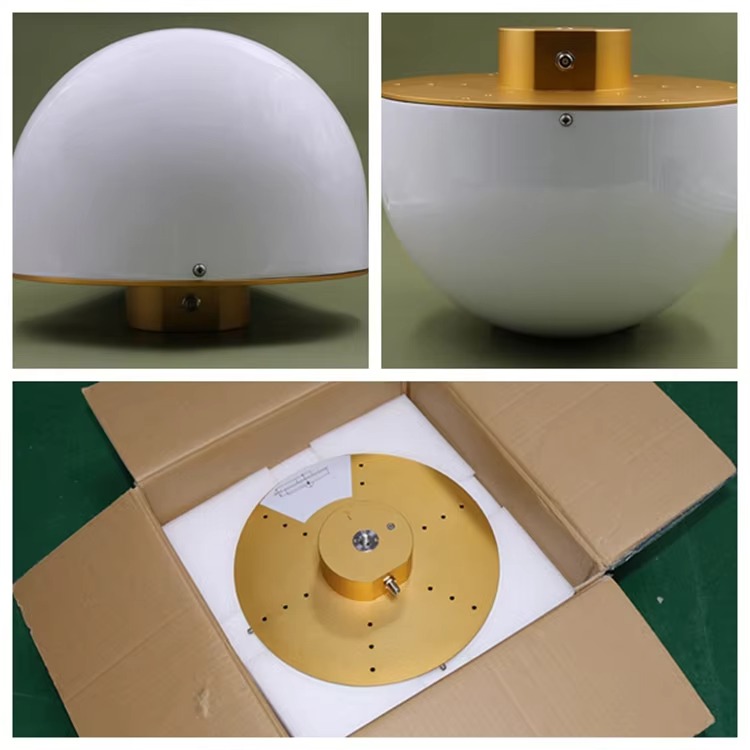Overview
1.1 Definition and Core Functionality
A high-accuracy Real-Time Kinematic (RTK) Choke Ring GNSS antenna is a specialized device designed to achieve centimeter-level positioning precision by mitigating multipath interference and enhancing signal stability. It integrates a choke ring structure—a series of concentric metallic rings surrounding the antenna element—to suppress reflected signals from ground surfaces, buildings, or natural obstacles. This design ensures that only direct satellite signals are received, which is critical for applications requiring millimeter- to centimeter-level accuracy, such as geodesy, structural monitoring, and autonomous navigation.
1.2 Historical Evolution
The development of choke ring antennas traces back to the 1990s, when geodetic surveys demanded higher precision than standard GPS antennas could provide. Early models, like the Trimble Zephyr, introduced choke rings to reduce multipath errors, but modern iterations (e.g., JCA229, C220 GR2) now support multi-constellation GNSS systems (GPS, GLONASS, BeiDou, Galileo) and multi-frequency signals (L1/L2/L5). These advancements reflect the growing need for global coverage and resilience against environmental noise.
1.3 Market Landscape
Leading manufacturers include Septentrio (PolaNt Choke Ring), CHCNAV (C220 GR2), and MIDE Communication Technology (LCY4N03A). These antennas are priced between
1,000–
5,000, depending on frequency bands and compatibility. The market is driven by infrastructure projects (e.g., CORS networks), scientific research (e.g., crustal deformation monitoring), and emerging sectors like unmanned aerial vehicles (UAVs) and autonomous trucks.
Design and Construction
2.1 Core Components
Choke Ring Structure:
Comprises 3–6 concentric metallic rings with precise dimensions (e.g., radius, spacing) tuned to block specific frequency bands (e.g., L1: 1575.42 MHz, L2: 1227.60 MHz).
The rings create a high-impedance surface that reflects multipath signals away from the antenna element, reducing interference by up to 20 dB.
Antenna Element:
A microstrip patch or helical design optimized for multi-frequency reception. For example, the JCA229 supports B1/B2/B3 (BeiDou), L1/L2/L5 (GPS), and E1/E5 (Galileo).
Phase center stability is critical; deviations <1 mm ensure consistent measurements during rover movement.
Radome and Enclosure:
A weatherproof radome (e.g., UV-resistant polycarbonate) protects against moisture and debris while minimizing signal attenuation.
Mounting brackets enable integration with tripods, vehicles, or drones.
2.2 Material Selection
Metallic Rings: Aluminum or stainless steel for durability and corrosion resistance.
Antenna Substrate: High-dielectric-constant materials (e.g., Rogers RT/duroid) to enhance bandwidth and efficiency.
Low-Noise Amplifier (LNA): Integrated into the antenna housing to boost weak signals (e.g., −160 dBm) and improve SNR.
2.3 Manufacturing Tolerances
Ring spacing must be controlled to ±0.1 mm to maintain frequency-selective attenuation.
Phase center variation (PCV) models are calibrated during production to correct for off-axis signal reception errors.
Working Principles
The working principles of an outdoor RTK choke ring GNSS antenna revolve around the processes of signal reception, multipath mitigation, amplification, and transmission to the RTK receiver, all of which work together to enable accurate positioning in outdoor environments.
Signal Reception
The operation of the antenna begins with the antenna element capturing the weak radio - frequency signals transmitted by GNSS satellites. These signals, carrying information about the satellite's position and time, travel through the Earth's atmosphere and reach the antenna. The antenna element, with its optimized design, efficiently couples with the incoming signals and converts the electromagnetic energy of the signals into electrical signals.
When the frequency of the incoming GNSS signals matches the resonant frequency of the antenna element, a resonance effect occurs. This resonance enhances the antenna's ability to absorb the energy of the signals, generating electrical currents that represent the received signals. However, in outdoor environments, these initial signals are often accompanied by multipath signals that have been reflected off various objects in the surroundings.
Multipath Mitigation
This is where the choke ring structure plays a crucial role. As the direct and reflected signals reach the antenna, the choke ring interacts with the electromagnetic fields of these signals. The concentric rings or grooves in the choke ring are designed to manipulate the surface waves associated with the reflected signals.
For reflected signals, the choke ring structure causes the surface waves to experience a phase shift or attenuation. This effectively suppresses the propagation of these waves towards the antenna element. In contrast, the direct signals from the satellites, which approach the antenna at a more direct angle, are less affected by the choke ring. The direct signals are able to pass through the choke ring structure with minimal interference and reach the antenna element, where they are properly received and processed.
By reducing the impact of multipath signals, the choke ring ensures that the antenna predominantly receives the direct signals from the satellites. This results in a cleaner and more accurate signal input, which is essential for high - precision positioning using the RTK system.
Signal Amplification and Transmission
The weak electrical signals received by the antenna element, now predominantly direct signals thanks to the multipath mitigation by the choke ring, are then fed into a low - noise amplifier (LNA). The LNA amplifies these signals while keeping the added noise to a minimum. The amplified signals are then passed through a series of filters to remove any remaining unwanted frequencies or interference.
The filtered and amplified signals are transmitted from the antenna to the RTK receiver via a coaxial cable or other suitable transmission medium. The RTK receiver uses these signals, along with correction data from reference stations, to calculate the precise position of the antenna (and thus the device it is attached to) on Earth's surface. The accurate and clean signals provided by the outdoor RTK choke ring GNSS antenna, combined with the RTK correction data, enable the receiver to achieve centimeter - level or even millimeter - level positioning accuracy.
Advantages and Challenges
-
4.1 Key Advantages
Sub-Centimeter Accuracy: Phase center stability and multipath rejection enable millimeter-level precision in static surveys and centimeter-level in dynamic applications (e.g., autonomous vehicles).
Environmental Robustness: Performs reliably in urban, forested, or mountainous terrain where standard antennas fail.
Multi-System Compatibility: Supports all major GNSS constellations, ensuring global operational coverage.
4.2 Technical Challenges
Cost: High-precision components (e.g., multi-frequency LNAs, calibrated PCV models) increase production costs.
Size and Weight: Choke ring antennas are bulkier (e.g., 200 mm diameter) than geodetic antennas, limiting portability.
Signal Obstruction: Near-field objects (e.g., vehicle roofs) can still cause multipath, requiring careful mounting.
4.3 Operational Limitations
RTK Range: Corrections are valid only within 10–20 km of the base station due to spatial decorrelation of atmospheric errors.
Latency: Real-time data transmission delays (e.g., 100–500 ms) may affect high-speed applications (e.g., drone navigation).
Applications and Future Trends
-
5.1 Current Applications
Geodesy and Surveying:
CORS networks rely on choke ring antennas for sub-millimeter crustal deformation monitoring (e.g., earthquake prediction).
Bridge and dam structural health monitoring use RTK-GNSS to detect millimeter-scale movements.
Autonomous Systems:
Self-driving trucks and agricultural machinery integrate choke ring antennas for lane-level positioning in GPS-challenged environments.
UAVs use them for precision landing and 3D mapping.
Scientific Research:
Space geodesy projects (e.g., NASA’s GRACE-FO) employ choke ring antennas to measure Earth’s gravity field changes.
5.2 Emerging Trends
Miniaturization:
Advances in MEMS technology are enabling compact choke ring designs (e.g., 100 mm diameter) for UAVs and handheld devices.
AI-Enhanced Multipath Mitigation:
Machine learning algorithms analyze signal patterns to dynamically suppress reflections, reducing reliance on physical choke rings.
Low-Earth Orbit (LEO) Satellite Integration:
Companies like SpaceX’s Starlink plan to augment GNSS with LEO signals, potentially reducing RTK convergence time to seconds.
5.3 Market Projections
The global RTK GNSS market is expected to grow at a CAGR of 8.2% from 2025 to 2030, driven by autonomous vehicle adoption and smart city infrastructure projects. Choke ring antennas will dominate high-precision segments, while software-defined radios (SDRs) may replace traditional hardware in cost-sensitive applications.
Conclusion
High-accuracy RTK choke ring GNSS antennas represent a pinnacle of precision positioning technology, combining advanced electromagnetic design with multi-constellation signal processing to deliver centimeter-level accuracy in challenging environments. While their cost and size remain barriers to widespread adoption, ongoing innovations in miniaturization, AI, and LEO satellite integration are expanding their applicability across industries. As autonomous systems and smart infrastructure projects proliferate, choke ring antennas will remain indispensable for applications where reliability and precision are non-negotiable—solidifying their role as the gold standard in high-stakes GNSS positioning.
Final Thought: The evolution of choke ring antennas underscores a broader trend in GNSS technology: the relentless pursuit of accuracy through hardware specialization and software intelligence. Future advancements will likely blur the lines between physical antenna design and algorithmic signal processing, ushering in an era of ubiquitous sub-centimeter positioning.




































































 Language
Language
 En
En Cn
Cn Korean
Korean

 Home >
Home > 








 18665803017 (Macro)
18665803017 (Macro)













